Writen by: Brian Hoke, DPT, SCS, Vionic innovation Lab
Our Feet Are Our Foundation
From our first steps of the day, our feet are the primary interaction with the supporting surface. As we stand and walk, our feet support the weight of our body, allow us to adapt to changing surfaces and give us an efficient platform to move through space efficiently. Each foot is a complex structure that has a framework of 26 bones, 30 joints, and over 100 muscles. Just as we utilize preventive maintenance for our motor vehicles, tending to our foot care needs using some simple measures can allow our feet to function at their best.
Muscle Tightness
When tissues are too tight, the logical solution is to use foot stretches to improve flexibility. Tightness can be from muscle tissues, such as the many muscles in our lower leg that work to move and control our foot. These muscles work thousands of times each day with each step, and they can become tight, particularly after long periods of inactivity, such as when we sit for several hours or when we sleep. A common signal that our muscles are too tight is “first step pain” where we have pain when we take our first steps after sitting or after waking from sleep.
Tight Joints vs Loose Joints
Tightness can also be from the many joints in our feet. Joints can become tight after injuries, or we may simply have inherited a tendency for our joints to be more restricted. In general terms, people that have higher arches have tighter feet. With tighter feet, it is important to have a regimen to maintain the mobility of all of the joints of the foot, as this plays a role in maintaining the health and avoiding injury to connected parts including the heel, ankle, calf, and knee. By contrast, even more people have supple, loose joints that allow the foot to move freely (and sometimes excessively). Foot motions are critical to absorbing shock and allowing our foot to adjust to uneven surfaces. Too much looseness can be a problem, and in general, people whose arches drop significantly when they stand have looser feet.
Stretching Tight Muscles
Muscles that are tight need to have a careful stretching exercise program that involves tending to not only to the foot but also the calf muscle. Tight calf muscles can be effectively stretched by standing and leaning forward but if the affected foot is “loose’ we may get false motion from the arch. A simple way to stretch the calf and protect the arch from injury is to lift the arch and keep the weight on the outer three toes as we perform a gentle stretch of the calf muscle.
If the muscles on the top of the affected foot are too tight, the toes will be drawn upward, and there is greater pressure on the ball of the foot.
To stretch these muscles, we can sit and place the ankle of the foot we want to stretch over the opposite knee. We then place our hand over the top of the foot and toes. To complete the stretching exercise, we point the ankle downward and gently bend the toes downward toward the sole of the foot.
Toning Flexible Feet
People that have looser joints in the feet need to put less emphasis on quality foot stretching and more emphasis on improving the tone and strength of the many muscles that support the foot. A simple exercise for the outer foot muscles is to put an elastic loop around both feet and then turn the soles of both feet outward.
To work on the inner foot muscle, cross your ankles and pull the band inward toward the arches. We suggest 30 repetitions of each exercise.
Commit to Preventive Maintenance
Taking some simple steps to take care of our feet can improve our foot health and reduce the risk of foot pain, particularly the overuse syndromes such as shin splints and plantar fasciitis that can sneak up on us over time. When it comes down to understanding how to stretch feet, we suggest having a program of simple foot exercises three days a week. People with higher arches and tight feet should focus more on mobility and stretching. People who have looser feet and lower, flexible arches should focus more on tone and strength.
About the Author:
Specializing in orthopedic and sports physical therapy, Brian Hoke, DPT, SCS, has a particular interest in the biomechanical factors influencing lower limb rehabilitation. He is the owner of Atlantic Physical Therapy, a private practice in Virginia Beach, VA.
Brian is a board-certified Clinical Specialist in Sports Physical Therapy, a distinction achieved by fewer than 600 physical therapists in the U.S. He works with athletes of all levels—from recreational runners to elite professional and Olympic athletes. He has contributed chapters to two textbooks on the treatment of running injuries.
Brian is an avid educator, lecturing extensively in the U.S. and internationally. Since 1985, he has been a faculty member of the popular continuing medical education seminar, “When the Feet Hit the Ground, Everything Changes.” He co-developed and has taught the “Take the Next Step” course since 1990. In addition, he has been an adjunct faculty member of physical therapy programs at Old Dominion University and Touro College on Long Island, NY.
Brian’s expertise in sports physical therapy is a particular asset to Vionic’s athletic line of footwear. He and Phillip Vasyli have also collaborated to create a foot orthotic designed for problems with supination—when feet roll outward too much.

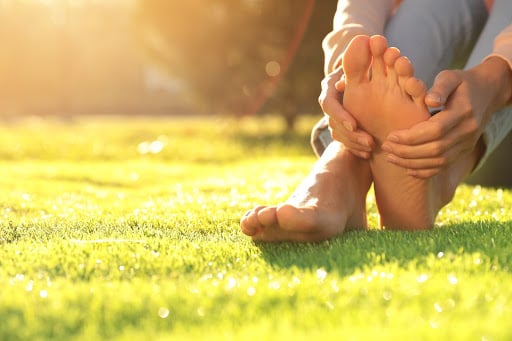
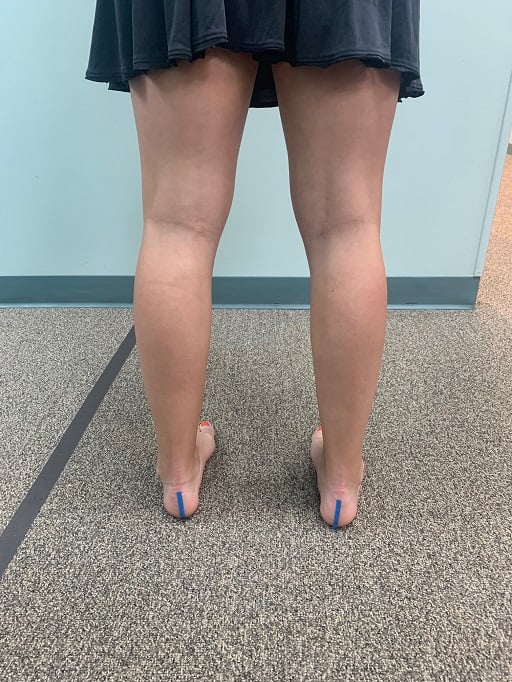

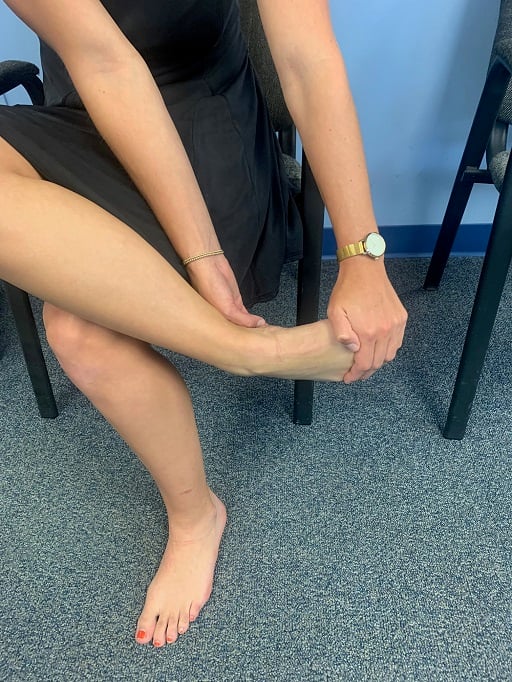
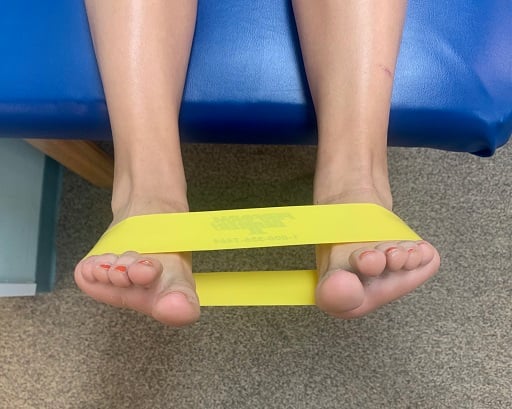
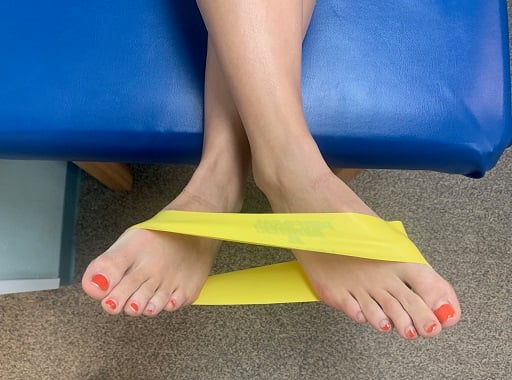
Leave a Reply